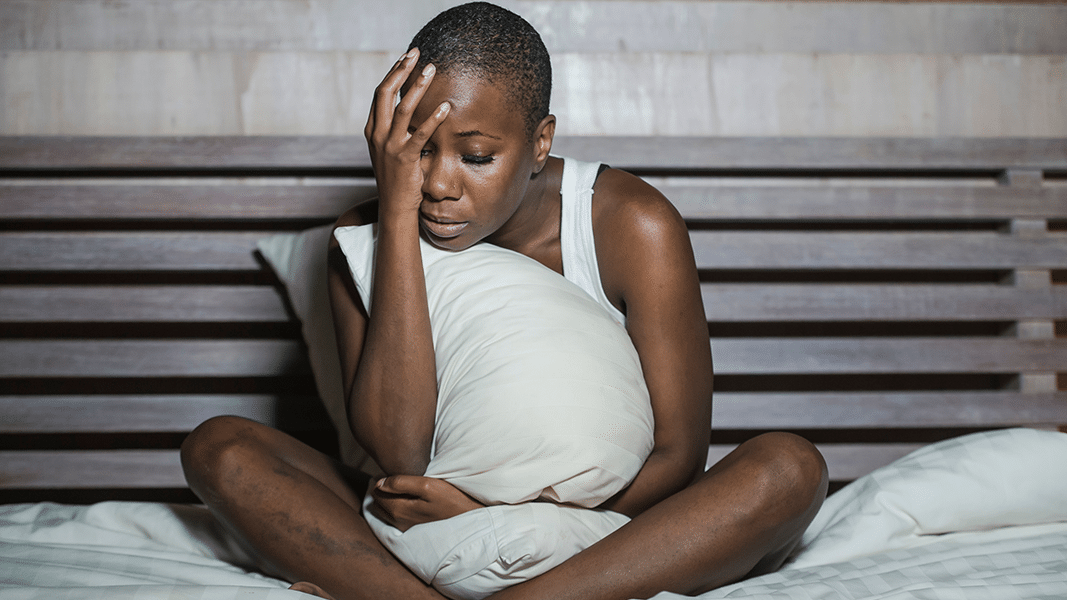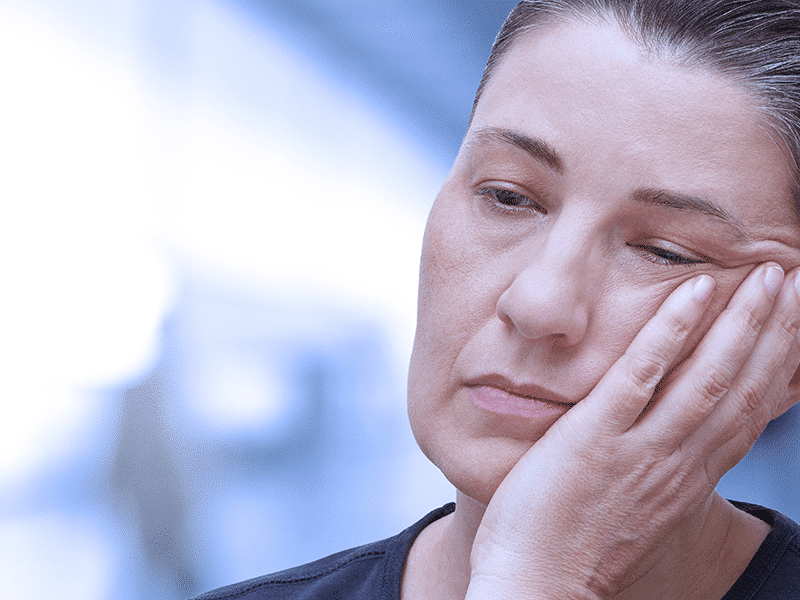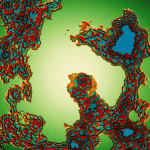Fibromyalgia is an intractable condition defined by chronic, widespread pain and debilitation. But a recent study published in Clinical and Experimental Rheumatology demonstrated that cannabis can be used effectively to remedy these problems, at least by some patients.
Generally cannabis research is rife with methodological difficulties, thanks to anachronistic regulations that deem marijuana more dangerous than fentanyl or oxycontin. But this study by Italian scientists stands out, producing research that is applicable to people who are trying to use medical cannabis to treat fibromyalgia.
Who Was Studied
The researchers recruited just over a hundred patients at the Luigi Sacco University Hospital in Milan, Italy. Sixty-six of them were interviewed over six months of treatment. The average participant was 52 years old, and over 90% of sufferers were women (women make up the vast majority of people with fibromyalgia).
The study focused on treating refractory patients – meaning people who are stably taking medications, but haven’t found relief. Just under half of their patients were taking two other drugs, while nearly a third took at least three. These drugs were severe central sedatives, including opioids, anti-convulsants, nerve blockers, and anti-depressants.
Given the intensity of the drugs people were already taking, it was astounding to find that half of patients (47%) got enough relief from cannabis to reduce or cease their painkiller usage.
Between a third and half of the patients experienced notable benefits with respect to sleep, anxiety, depression, and pain symptoms. The majority of patients were overweight or obese, and cannabis seemed to be more effective for heavier patients. Some participants were excluded, including those who already used cannabis and people with other pain or rheumatological diseases.
The authors conclude: “Adjunctive [Medical Cannabis Treatment] may therefore be considered, especially in the [fibromyalgia] sub-population suffering from significant sleep disturbances and mild anxio-depressive symptoms.”
Titrating Tinctures
Dosing cannabis is tricky, so the Italian researchers employed a strategy commonly applied by patients. They used two pharmaceutical-grade flowers, let’s call them THC-rich and balanced. The balanced flower had a touch more CBD than THC.
Both were made into olive oil tinctures with a dropper for dosing. Participants were advised to take two doses per day, a balanced dose in the morning and the THC-rich formulation in the evening. THC can promote sleep and appears to be a more effective painkiller than CBD, so it would be unwise to discourage its use entirely. But THC’s intoxicating effects are a negative for the many people who would go to work and live normal lives. This study gave fibromyalgia sufferers the chance to use different formulations suited to their own sensitivities and circadian rhythms.
There was no set dosing regime — medical research thus far has not settled on a single dose, and it is unrealistic to suspect that one ideal dose exists, considering the variety of conditions that cannabis can help treat.
The researchers instead recommended that participants try 10-30 drops in each morning and evening dose. Titrating slowly based on their own comfort, they could take up to 120 drops per day. This might mean starting with as little as 4 mg THC and 2 mg CBD — broken into two doses. The higher doses would have been close to 27 mg THC and 8 mg CBD, with most of the THC taken at night.
Treating the Underlying Problem
Over a third of participants experienced clinically significant improvements in sleep and fibromyalgia symptoms. Half of the patients reported moderate benefits in anxiety and depression once cannabis was added to their treatment regime.
This is a common theme — the evidence is conflicted on whether cannabis can treat depression alone or insomnia alone. But when these problems are secondary to a condition like chronic pain or fibromyalgia, then cannabinoids are quite effective. It’s as if they’re treating the underlying problem, rather than just the symptoms.
Dr. Ethan Russo hypothesizes that fibromyalgia, along with migraine, may be an expression of a clinical endocannabinoid deficiency syndrome. This theory proposes that certain diseases manifest when the endocannabinoid system is too weak to properly regulate the many physiological systems under its control. If endocannabinoid deficits cause certain diseases, then taking plant cannabinoids like CBD and THC will address the root of the disease, rather than merely mitigating some symptoms.
The fact that almost half of the patients were able to reduce their other drug use — with 21% getting off their other meds entirely — “probably reflects their subjective satisfaction with the efficacy and side effects of MCT [Medical cannabis treatment],” the Italian study reported.
Who Benefited?
Among the participants, 60 were women and only 6 were men. So it wasn’t possible to determine if sex had any impact on treatment. Interestingly, the researchers found that heavier participants were the ones most likely to experience benefits. This could be related to the lower rates of obesity among cannabis users, which is consistently observed when studying how cannabis impacts public health.
There are other possible explanations, too. CBD and THC are oily molecules that like to hang out in fatty tissue. The authors speculate that people with more fat may absorb cannabinoids better, leading to a better treatment outcome.
The benefits of cannabis on anxiety and depression are also particularly noteworthy — 80% of people with fibromyalgia suffer from anxiety or depression.
A Worthwhile Therapy
Of the 102 initial participants, about a third left the study within six months. That is a reasonably good retention rate for a clinical study like this one. But it’s important to consider who left and why, as this can bias results. Eleven participants explicitly stopped treatment — cannabis didn’t work, it caused moderate side effects, or it was too expensive. Ten of the participants continued using cannabis but left the study when they switched to another hospital. The remaining 15 dropouts were simply unaccounted for.
About one in three people experienced minor or moderate side effects (such as dizziness, sleepiness, nausea, and dry mouth). Few participants reported worse symptoms after starting on cannabis therapy, although it may have been making some patients feel fatigued.
Is cannabis a worthwhile therapy?
The researchers appear to think so, especially in the face of conventional alternatives: “MCT [Medical Cannabis Treatment] has proved to be a much safer adjunct than opioid treatment, which is associated with a high risk/benefit ratio and is not effective in treating FM [fibromyalgia] (24); furthermore, MCT does not have any substantial addictive properties in terms of dose escalation or withdrawal syndrome (25-26). The most significant concern is tolerance because, although symptom relief is obtained after only three months, a longer treatment period could lead to declining effectiveness, although this can be avoided by extremely slow dose titration.”
Adrian Devitt-Lee is a research scientist and longtime Project CBD contributor. © Copyright, Project CBD. May not be reprinted without permission.
Recommended Readings
THC & CBD-Rich Cannabis for Fibromyalgia
New studies offer hope for treating a confounding condition.
Cannabis for Fibromyalgia
An Israeli observational study of 367 people using cannabis for fibromyalgia shows promising results.
CBD for Fibromyalgia & Opioid Withdrawal
A patient testimonial from a 72-year-old weaning herself off opioids with the help of CBD-rich cannabis.










